
There is a stereotype that books shelved under Young Adult literature are not for adults. That if a story is appropriate for children, then it must only be appropriate for children, or that if it contains elements kids are supposed to outgrow — fairy tales, magic, coming of age stories — there’s nothing there to enrich the mind of someone who is truly grown up.
That’s bullshit, naturally; you’ll find books with familiar plots, thin emotions, and easy prose in every genre humans are capable of inventing. But it means that books written expressly for a YA audience, and books lumped in with YA because of their subject matter, can be overlooked in the search for a story to really knock one’s socks off or offer meaty ideas to chew on.
It’s in that spirit that Polygon’s put together this list: childhood favorites that will surprise you with the depth they have to offer to adults, hugely influential books that will give you a better understanding of their wider genre, and a new wave of diverse stories that expand upon the usual coming-of-age-narrative.
The Neverending Story
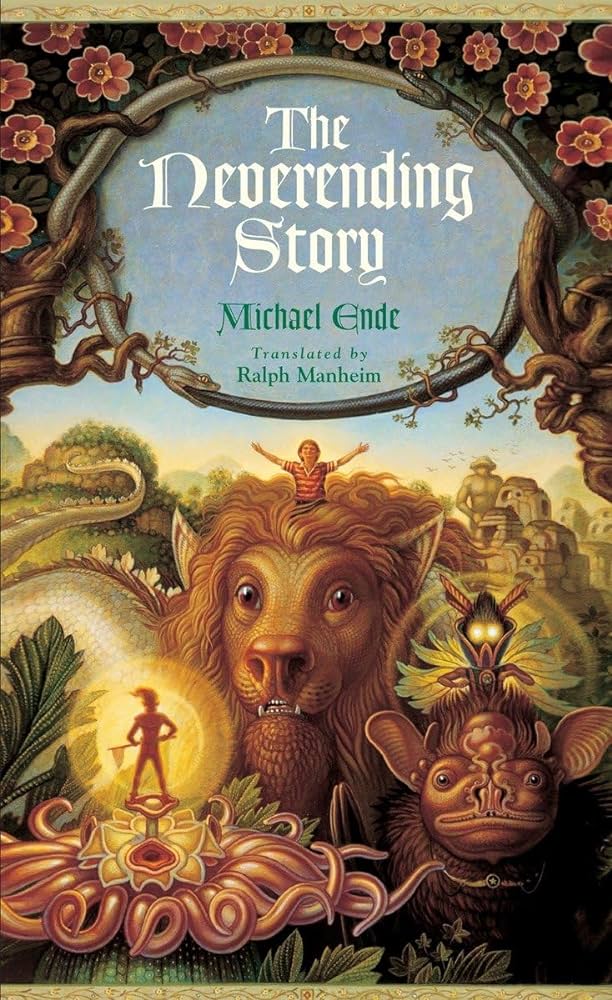
Michael Ende, 1979
If the movie is all you know about The Neverending Story, you don’t know it at all. The 1984 film adapted only the first half of the novel by German writer Michael Ende, displaying all of the tropes, and none of the subversion.
Ende, the son of an artist deemed “degenerate” by the Nazi regime, tore up his draft papers and joined an anti-SS sabotage movement the moment he came of age. His Neverending Story is a blazing, interrogative work of fantasy. It’s not merely a story within a story, but a novel that pushes the format of the medium itself, with elements like a magical artifact that determines the reader’s viewpoint. And woven through everything The Neverending Story has to say is a treatise on how a lonely, self-hating young man is radicalized into facism by his love for fantasy, and the perilous journey he undertakes to de-radicalize himself. — Susana Polo
Six of Crows duology
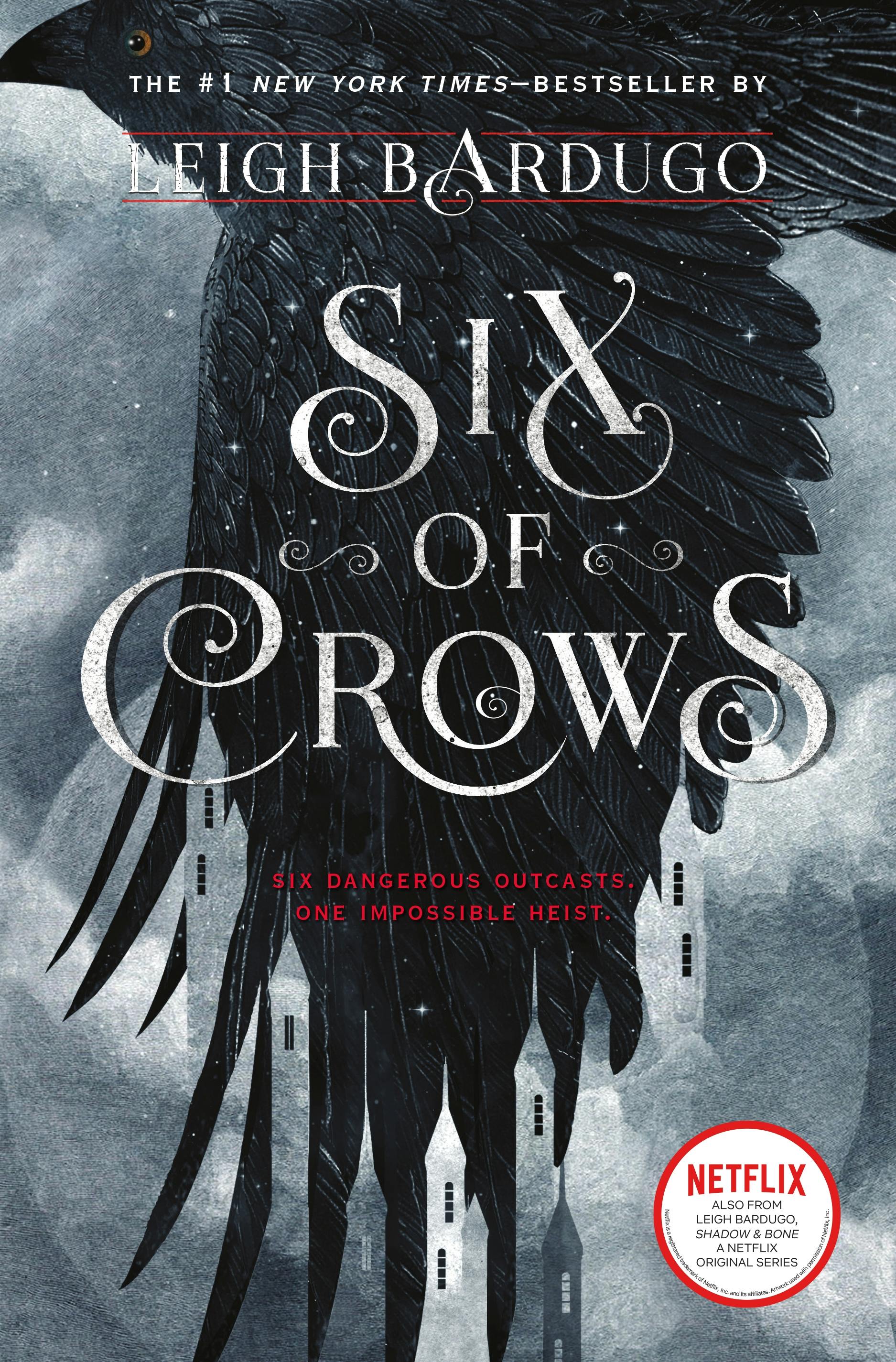
Leigh Bardugo, 2015-2016
Admittedly, Leigh Bardugo’s first set of Grishaverse novels suffers from Bad YA Fantasy tropes: a totally normal girl who is secretly a Chosen One, a love triangle, and a Big Bad that needs to be thwarted. But there was potential in her Imperial Russian-inspired fantasy world, and Bardugo took all of that and really dazzled with the Six of Crows books.
The duology follows Kaz Brekker, a criminal mastermind (who, yes, is seventeen, but let the teens have their fantasies) who gets recruited to pull off a dangerous heist. He calls on some allies — old friends and unlikely newcomers. Every character is magnetic, their relationships compelling. And the worldbuilding is wonderful, seamlessly threaded through the book to the point where you don’t even need to read the first three books to understand anything (though some cameos in the second book will make more sense if you do).— Petrana Radulovic
The Earthsea Cycle
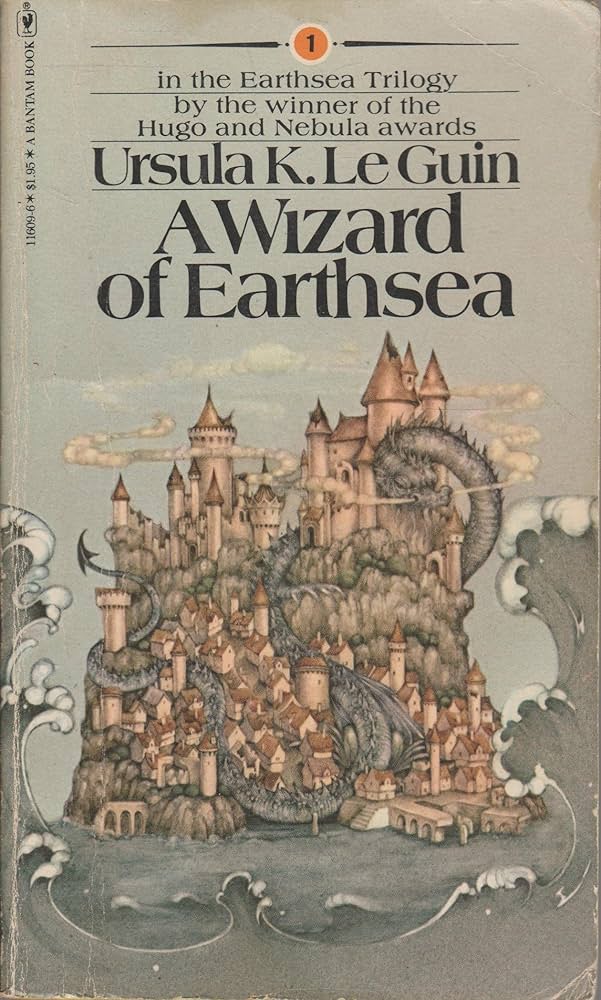
Ursula K. Le Guin, 1968-2018
Before the Boy Who Lived went to wizard school, there was the Archmage Sparrowhawk, central figure of Ursula K. Le Guin’s Earthsea Cycle. “Wizard books” conjure a certain image these days, whether it’s one of old white guys with beards or bespectacled chosen ones — but Le Guin’s fantasy series, unsurprisingly, bends to very few genre standards.
Even in 1968, she approached her editor’s suggestion of a fantasy novel for children from a reactionary standpoint. Dragons, yes, but swords, hardly ever. A dark-skinned protagonist in a society where that was the norm, a distinct lack of dark lords, and a characteristic Le Guin-ian interest in the mundane lives of the people in her fantastical settings. She returned to Earthsea throughout her career, and taken together, the series is a tour of the changing strengths and interests of a towering talent, from her very first book to gain a wide audience to some of her final works before her death. — SP
Turtles All the Way Down
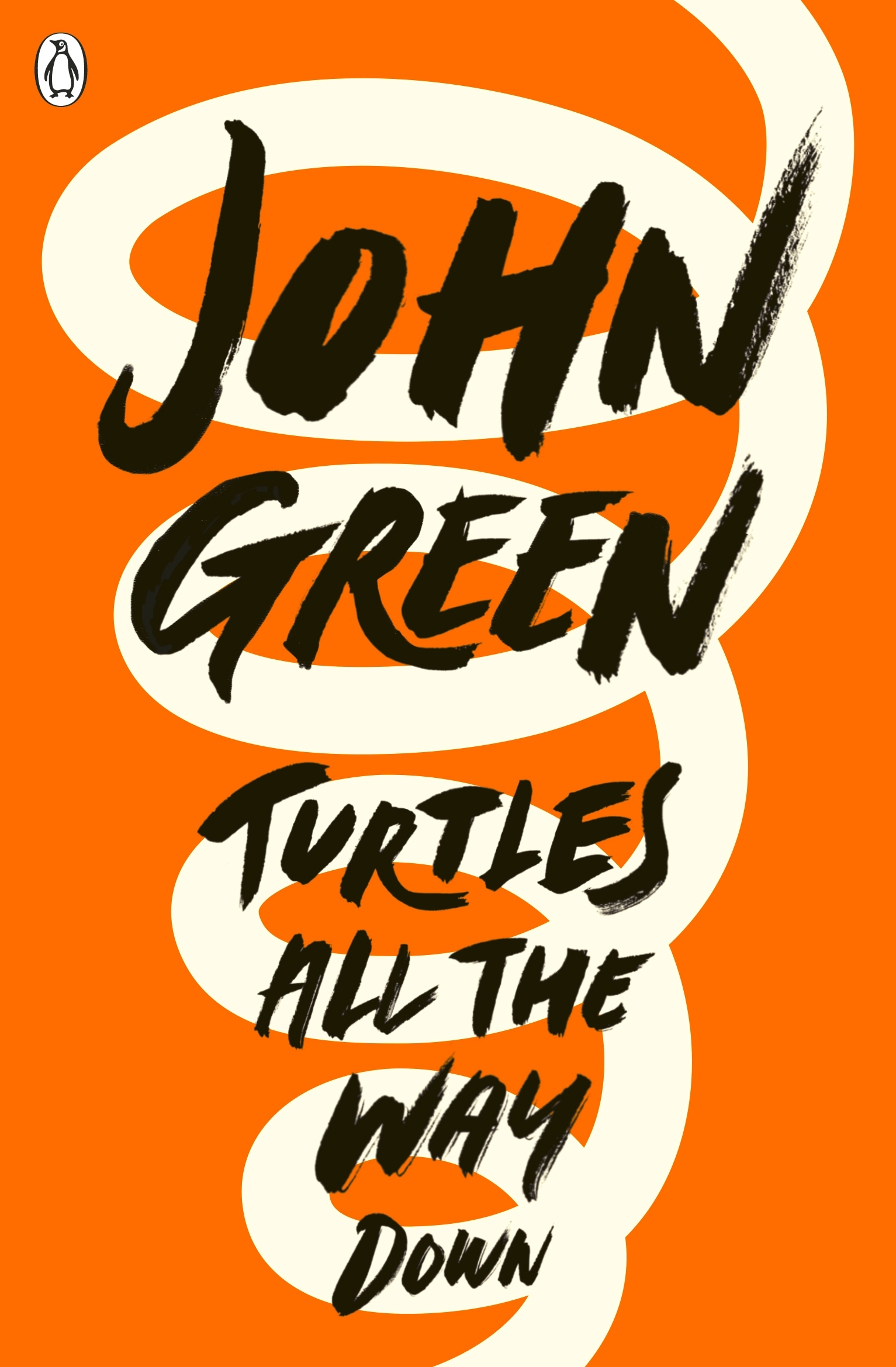
John Green, 2017
Haters will say that John Green only writes books about sad nerdy boys and manic pixie dream girls. Those haters are wrong (that’s the subject of another article, though).
Nothing proves that more than his most recent YA novel. It starts with some John Green stock elements: an anxious protagonist (in this case, named Aza), a weird, compelling hook (in this case, a missing billionaire), and a quirky best friend (in this case, she writes Chewbacca x Rey fanfic). But it’s a raw and unflinching look at one young woman’s struggle with OCD. Turtles All the Way Down is John Green’s most personal novel, and it shows in the way he writes about Aza’s mental health struggles. The book never shies away from the darker edges of Aza’s illness, but Green also depicts it with great care and empathy. — PR
The Hobbit

J.R.R. Tolkien, 1937
The story of Bilbo Baggins’ journey there and back again is Tolkien in a distinctly different mode than The Lord of the Rings. A recorded version of the ongoing bedtime stories Tolkien improvised for his four children, The Hobbit is unpretentious, relentlessly jokey, and uninterested in consistency of worldbuilding or internal plot logistics. Less of an epic and more of a “New Chapter, New Monster” travelog of Bilbo’s strange experiences, it was never intended to connect up with the capital-R romantic fantasy of Middle-earth until after it was completed and published, yet it remains the cited foundation of the genre.
If you want to understand how we got to this genre of knights in shining armor, magic spells, and heroic deeds, you should see where it began: with an unlikely, out of shape (dare we say cowardly?) little weirdo who lives in a hole. — SP
The Tiffany Aching books
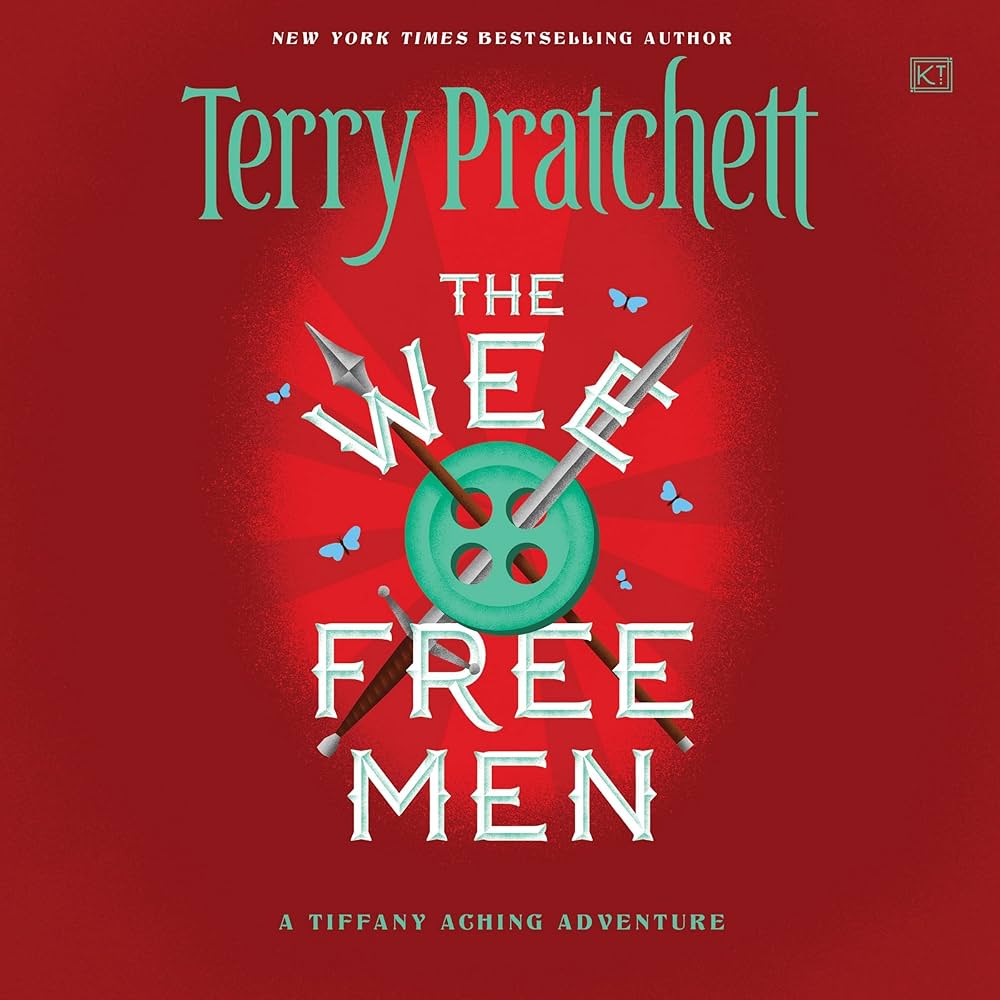
Terry Pratchett, 2003-2015
If you’re a Discworld fan who has overlooked the Young Adult books set in the universe, fix that immediately. Tiffany Aching, the witch-in-training star of Wee Free Men and its sequels, is one of Terry Pratchett’s best realized protagonists, shoulder to shoulder with characters like Granny Weatherwax and Commander Sam Vimes.
Tiffany’s five book sub-series are full of Discworld cameos, naturally favoring Pratchett’s witch characters in the biggest roles, but they stand alone for any new reader, following her from pre-teen adventure (including some none-too-subtle digs at that other Brit-fantasy series about witch school) to her responsibilities as a young, practicing witch.
There’s a fiercely evident sense of love and care in the way Pratchett writes this pragmatic, whip-smart, good-hearted girl from childhood to first loves to first jobs, and that sense permeates everything else about the books. They keep his love for English farming communities in full display, measured, as in every Discworld book, by his frustration with conservatism and prejudice, and his keen understanding of human nature. — SP
I Kissed Shara Wheeler

Casey McQuinton, 2022
Okay, I started this piece talking about the tropes John Green accidentally became known for and how that’s not really true — but I gotta say I Kissed Shara Wheeler is basically like a gay redux of his Paper Towns, where a popular girl goes missing a few weeks before graduation, leaving behind only some cryptic notes to three people she kissed in the days leading up to her disappearance.
Except, instead of a sad boy realizing it’s not good to put pretty girls on pedestals, it’s about a queer community coming together in the South. Casey McQuinton’s YA debut is full of the same warmth and wit that’s made their adult novels so dang appealing. I Kissed Shara Wheeler is deeply funny, but also deeply hopeful. (Also, I just need to hammer this home — Red, White & Royal Blue is NOT a young adult novel!) — PR
Aristotle and Dante Discover the Secrets of the Universe
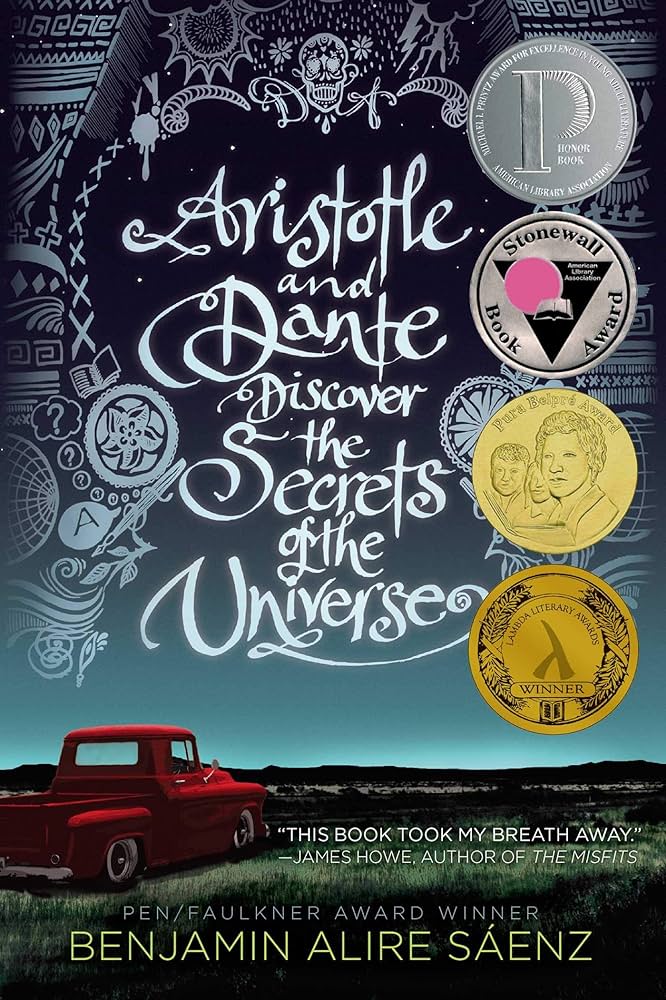
Benjamin Alire Sáenz, 2012
Benjamin Alire Sáenz’s queer coming-of-age story is achingly poignant and beautiful. Set in the 1980s, the novel is narrated by Aristotle Mendoza, a Mexican-American teenager who forms a quick and deep friendship with a boy named Dante. Ari’s narration anchors the whole book. He’s the sort of protagonist who thinks more than he does, and the result is a book that really captures one specific character’s psyche. And Ari’s narration often twists like a knife, as he battles his own self-doubt and eventually his repressed sexuality and feelings for his best friend. It’s gorgeously written, with enough grit to ground it and enough hope to make it worth the pain. — PR
The Scorpio Races
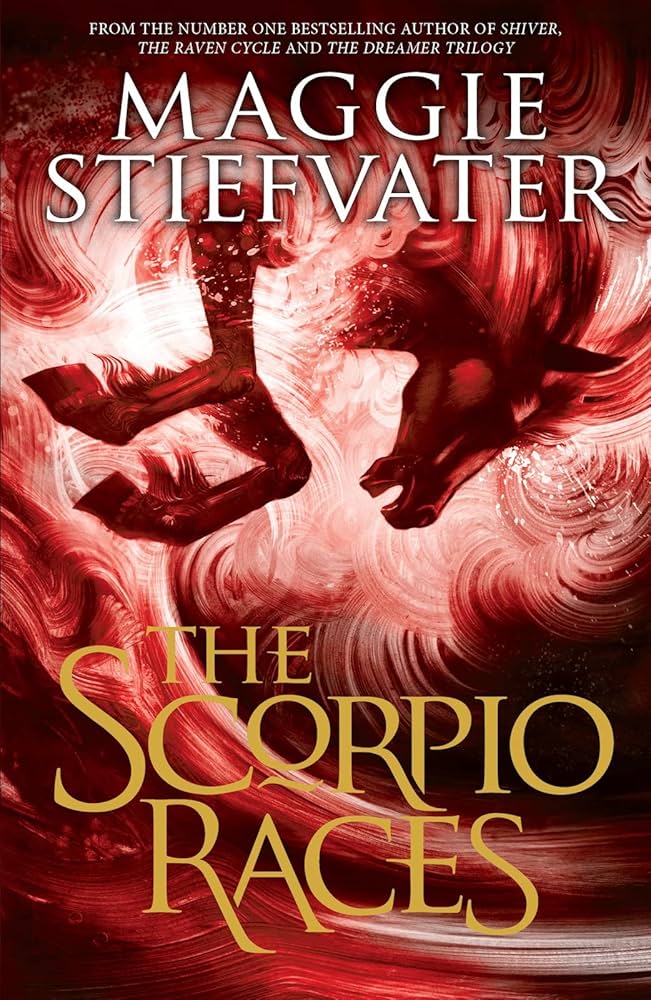
Maggie Stiefvater, 2011
Maggie Stiefvater’s richly atmospheric books will pull you into their settings, no matter what your age. The Scorpio Races, however, is the most timeless story of all her novels: at its core, it’s a horse girl book. And horse girl books stay with you forever.
In this case, though, most of the horses are man-eating equines who rise from the sea — that’s a point in the “taming a dangerous beast” category. On this little island, a deadly race takes place every November, and it’s one girl’s chance to win the cash prize and save for her family. But even though she’s a great rider, all she has is her dingy little pony. As the first girl to ever do so, the odds are stacked against her. She managed to befriend the reigning champion, a brooding boy who’s really only in it because he loves his horse so dang much.
Admittedly my plot description leans a bit too hard on tropes, but I really can’t do justice to just how gorgeously written this book is, how rich and dynamic the characters are, and how you can vividly picture the little island of Thisby, as gray waves pound the rocky shores. — PR
The Last Unicorn
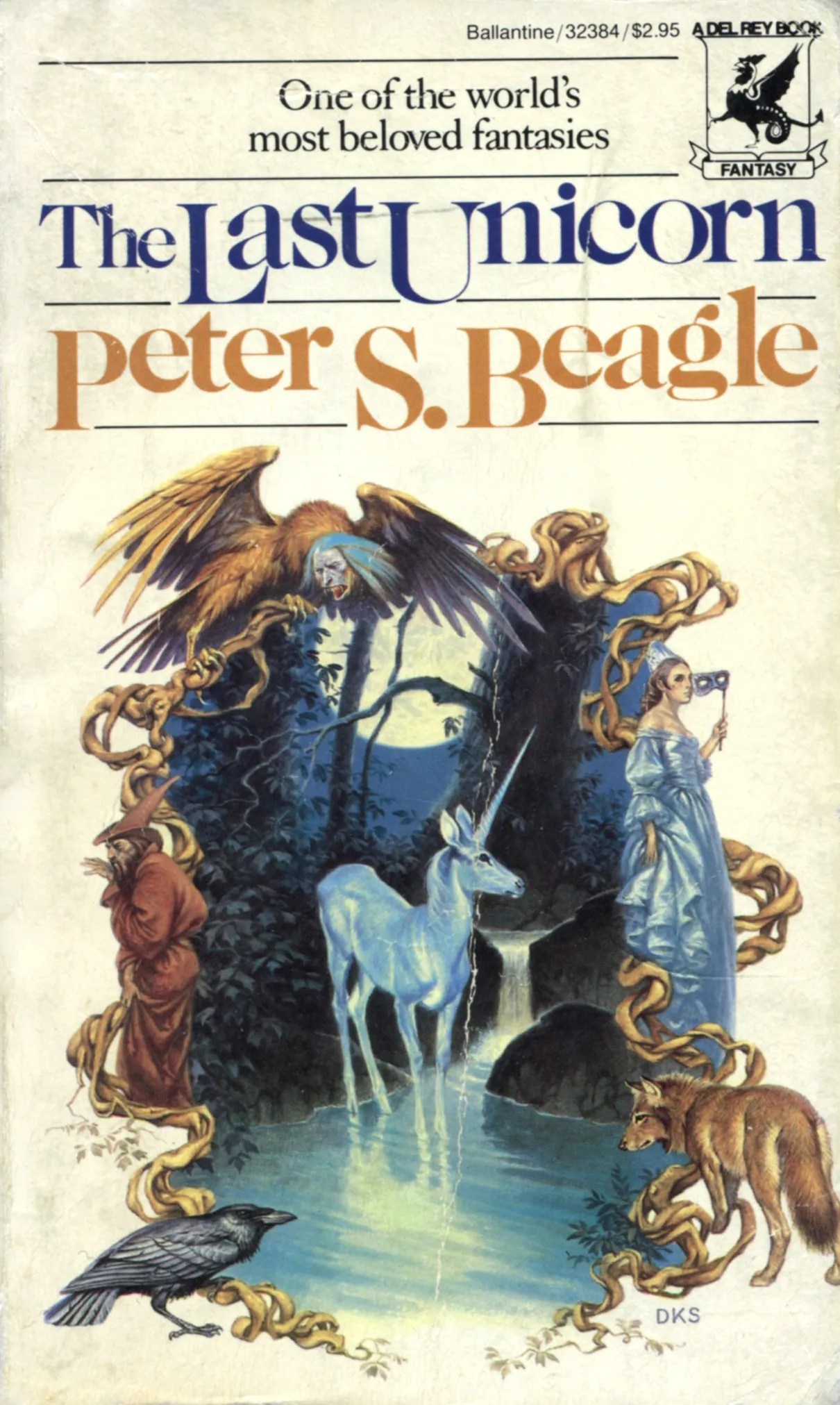
Peter S. Beagle, 1968
Peter S. Beagle didn’t write The Last Unicorn for children. Which is not to say that kids won’t enjoy the inept wizard and the menacing King Haggard — but the bulk of The Last Unicorn will at best fly over their heads and at worst seem baffling.
Beagle writes for an audience intimately versed in fantasy tropes, but not as satire: The Last Unicorn is a fairy tale in which everyone is genre savvy and no one is happy with their roles. Its elegiac quality extends not just to the world but to the characters, who are almost all battling the idea that they’ve missed their chance. Kids might not really get why Molly Grue weeps with sorrow and anger when she meets the Unicorn, but for any adult with a wisp of regret for what might have been, it’s one of the most powerful scenes in the genre. — SP
